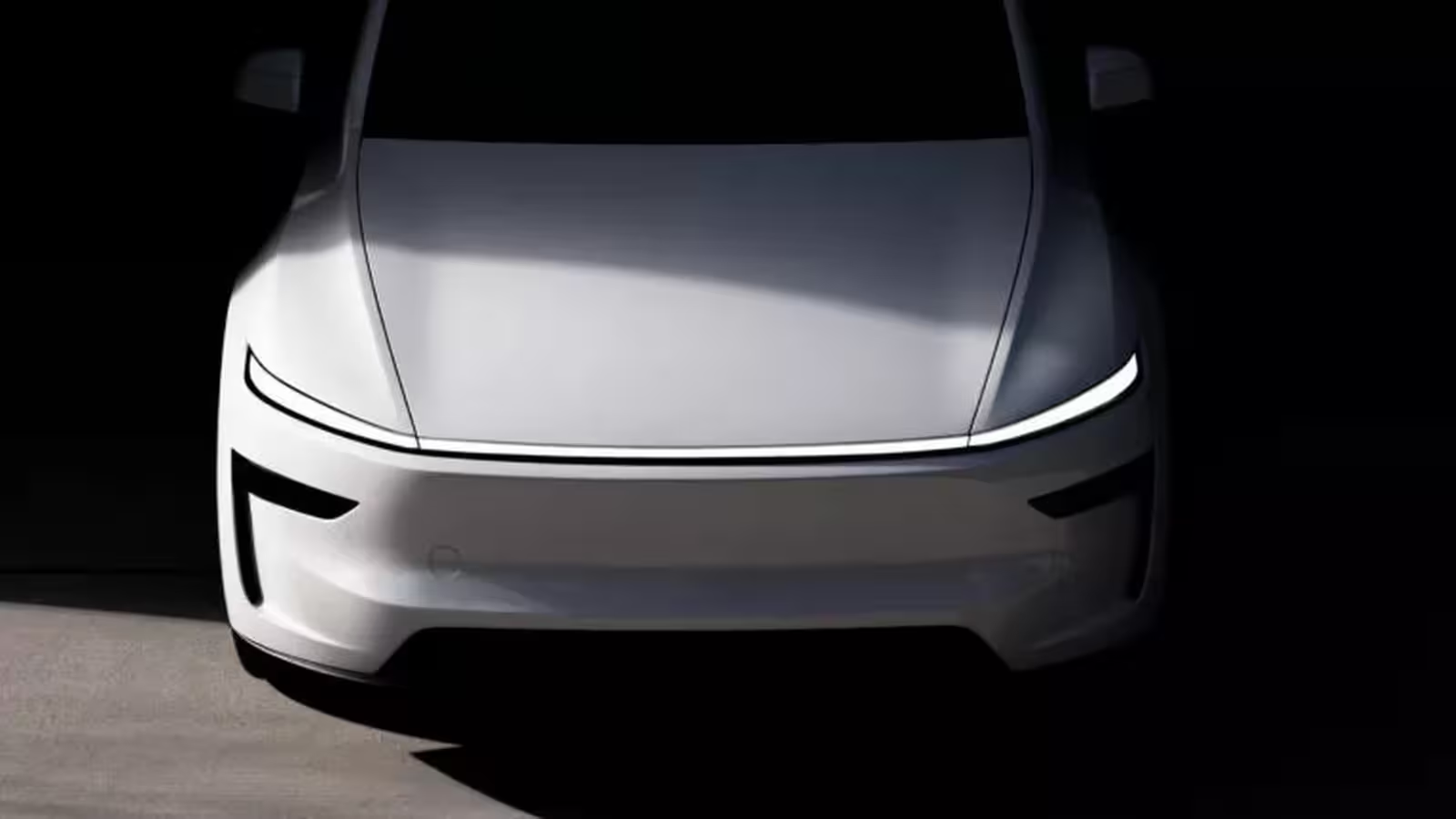3 Minutes
Tesla’s Financial Results Signal Growing Challenges in the EV Market
Tesla’s Q2 2025 financial report paints a challenging picture for the electric vehicle giant. Facing intensified competition from both established automakers and new EV startups, Tesla’s revenue and profit figures have taken a noticeable hit, reflecting the shifting dynamics of the global automotive industry.
Q2 2025 Results: Revenue and Profit Declines
In the second quarter of 2025, Tesla’s automotive segment saw revenues drop by 16%, sliding from $19.9 billion to $16.7 billion. This downturn was echoed across the company’s total revenues, which fell 12% to $22.5 billion. These declines led to a 15% reduction in gross profit ($3.9 billion) and a 7% dip in adjusted EBITDA, now standing at $3.4 billion. Tesla attributed these results to several factors, including a sharp decrease in vehicle deliveries, lower regulatory credit revenues, reduced average selling prices, and fierce market competition.
Performance by Model: Model 3/Y and Cybertruck Struggle
Delving into individual vehicle performance, Model 3 and Model Y deliveries dropped 12% to 373,728 units this quarter. The situation was even more acute for Tesla’s highly anticipated Cybertruck, which recorded just 10,394 deliveries in the “other” category—a number that also encompasses the flagship Model S and Model X, reflecting a steep 52% year-over-year decline. This underperformance has prompted industry watchers to question Cybertruck’s current positioning in the electric pickup segment.
.avif)
Design Updates and Upcoming Models
Despite the setbacks, Tesla emphasized enhancements across its lineup, citing recent updates aimed at improving design and vehicle specifications. The company also reassured stakeholders about continued progress on upcoming models, with new launches expected later this year. Notably, the long-awaited Tesla Roadster remains under design development, indicating further delays for this high-performance EV.
Innovation and Market Strategy
Tesla is advancing its robotaxi service, which began operations in Austin. The automaker is committed to refining and expanding this autonomous ride-hailing program to additional U.S. cities, highlighting a scalable business model that requires minimal incremental investment. Tesla’s approach is designed to quickly adapt to new urban markets, potentially strengthening its future market position.
.avif)
Charging Infrastructure Expansion
A bright spot in Tesla’s report is the addition of 904 Supercharger stations over the past year. This expansion not only bolsters Tesla driver convenience but also opens new revenue as more automakers gain access to the Supercharger network.
The Road Ahead: Tesla’s Position Amid Intensifying EV Competition
While Tesla’s recent financial performance shows significant headwinds in the face of mounting competition and evolving consumer preferences, the company continues to invest in innovation, design, and charging infrastructure. The global electric vehicle market is becoming increasingly competitive, pushing Tesla to evolve both its vehicle lineup and its market strategies to maintain its leadership in the automotive industry.
.avif)
Source: carscoops


Leave a Comment